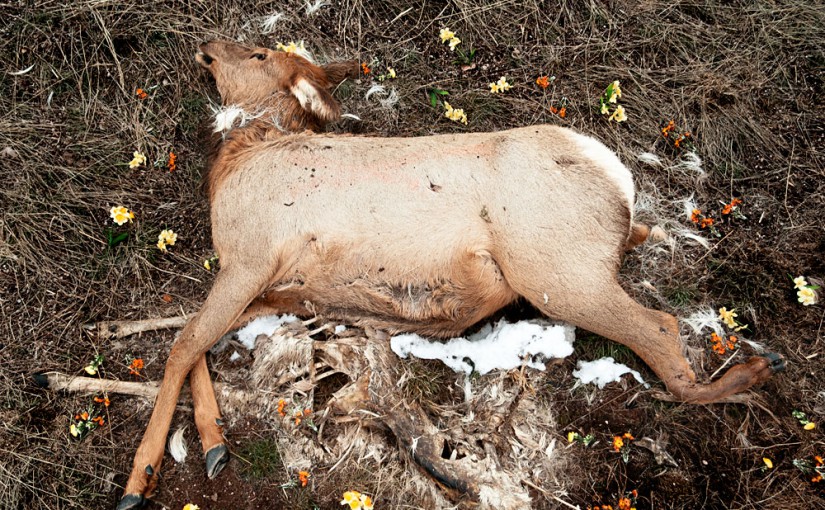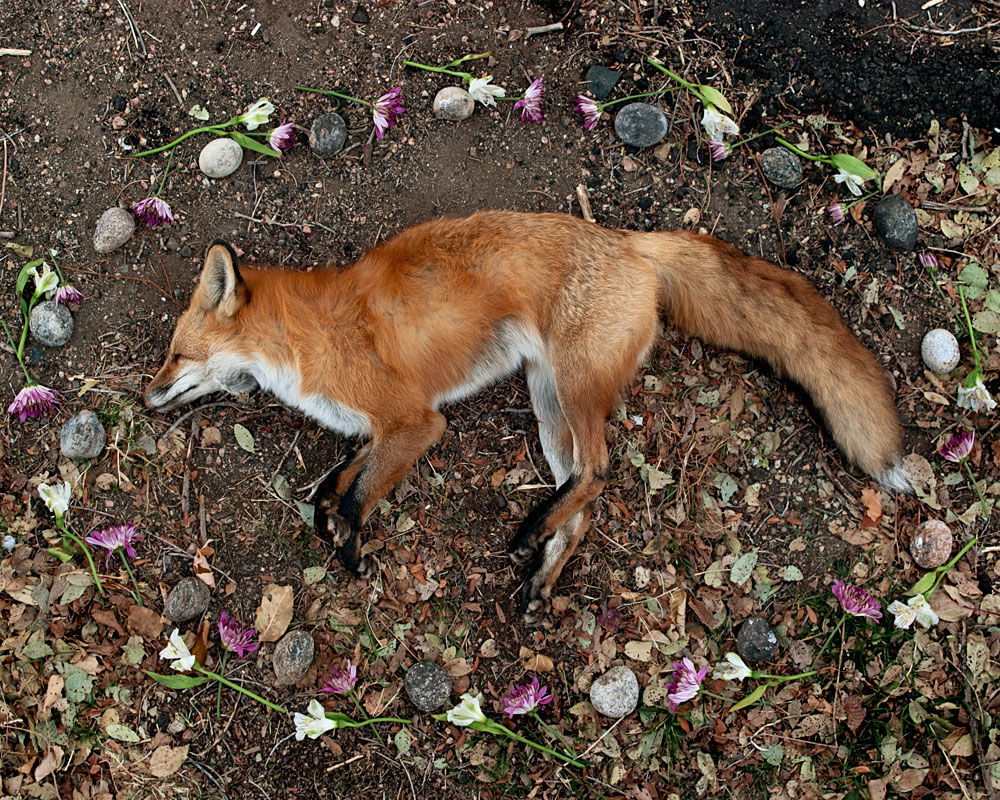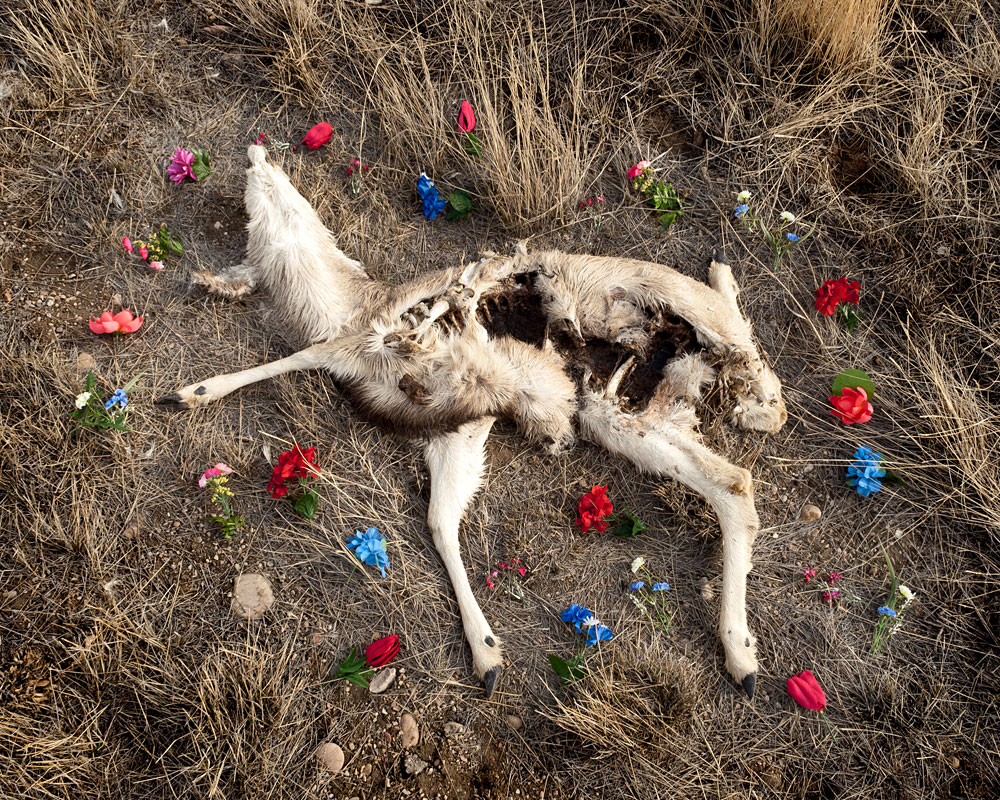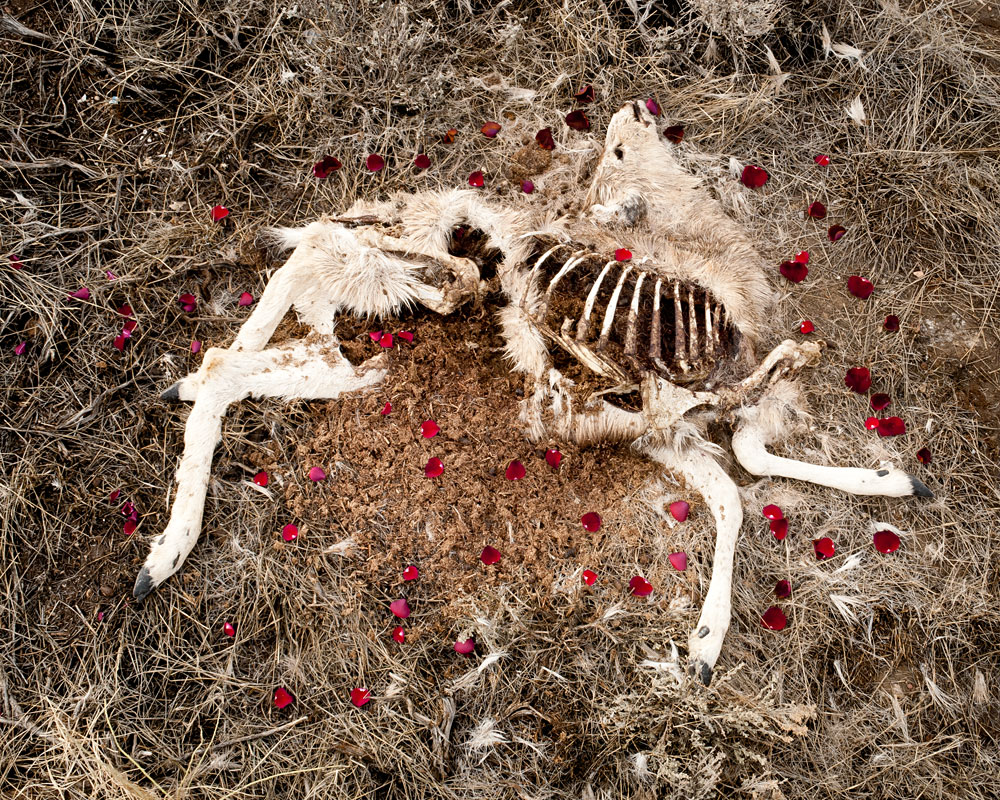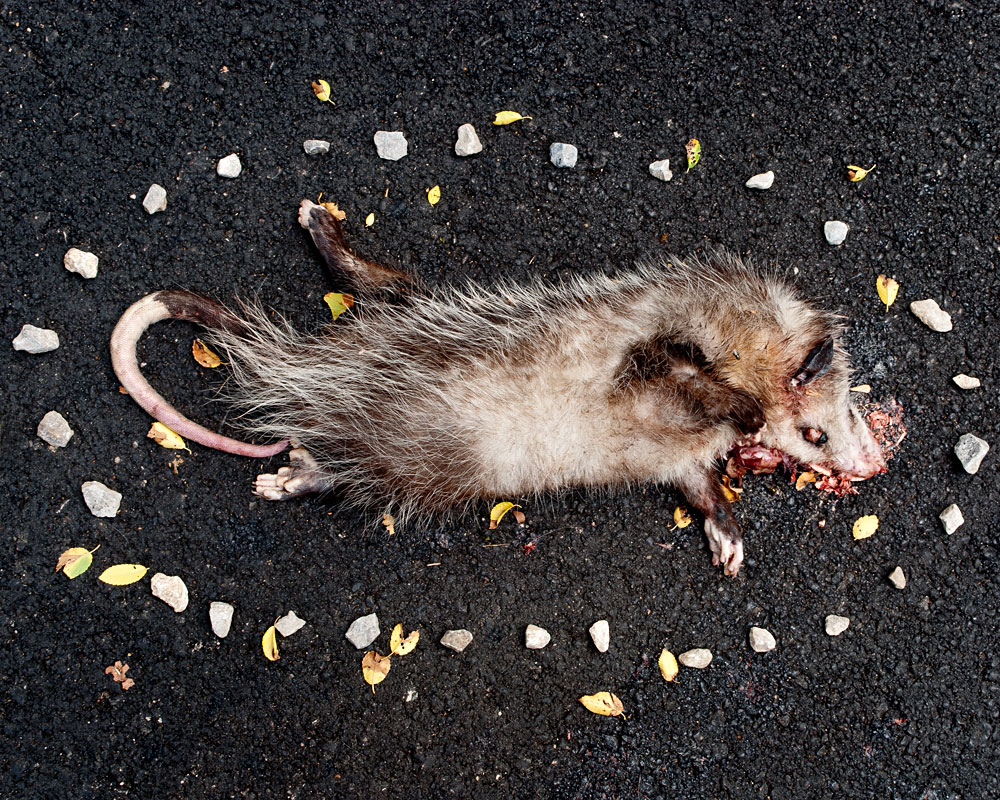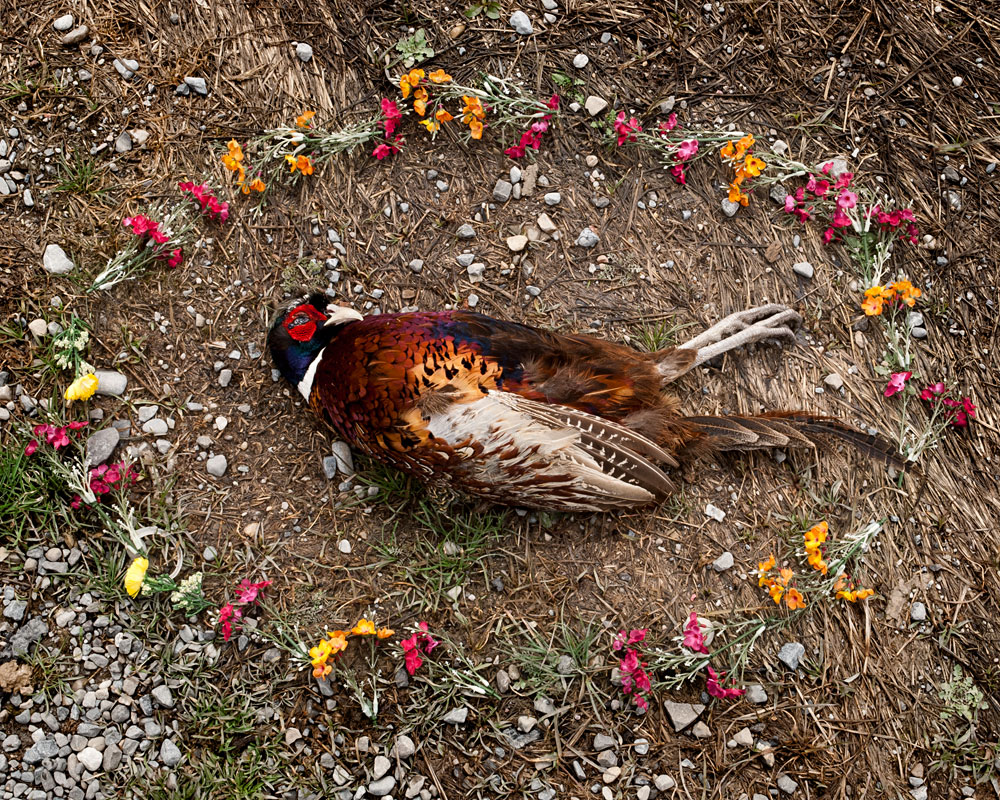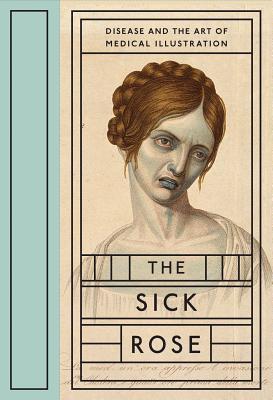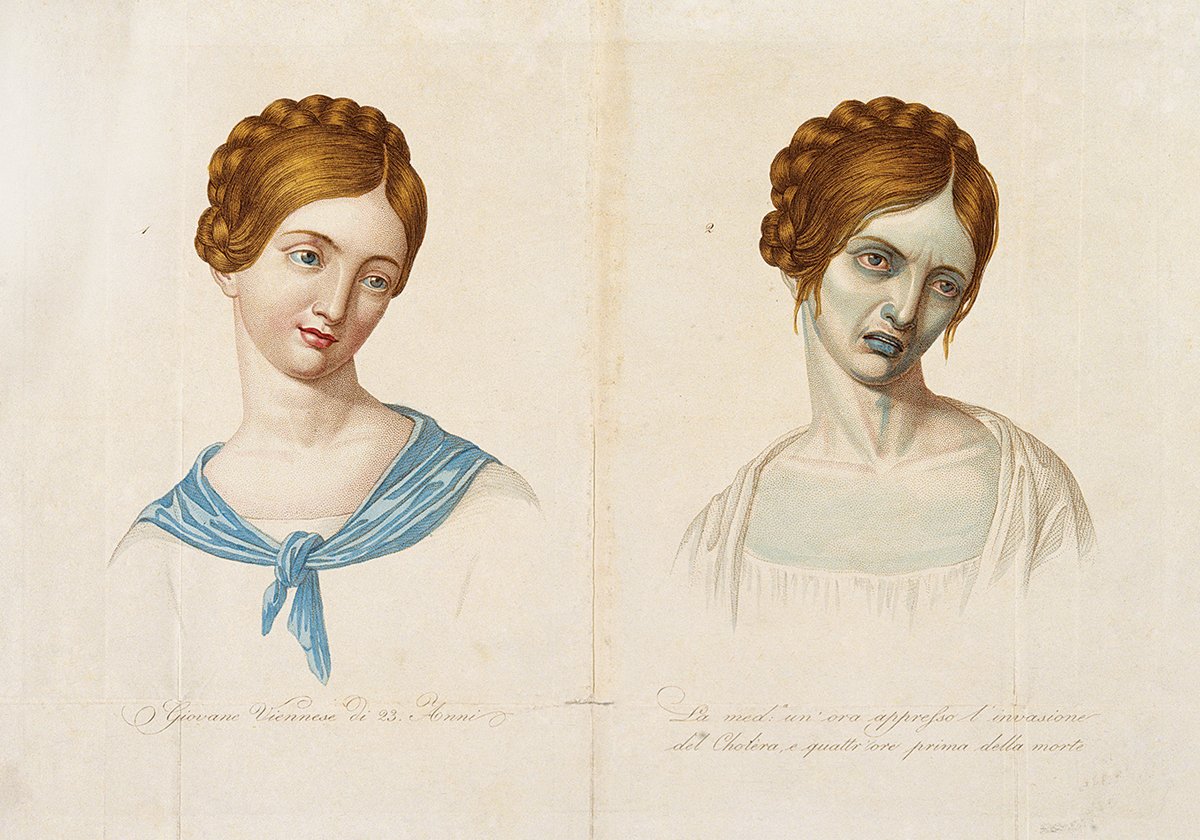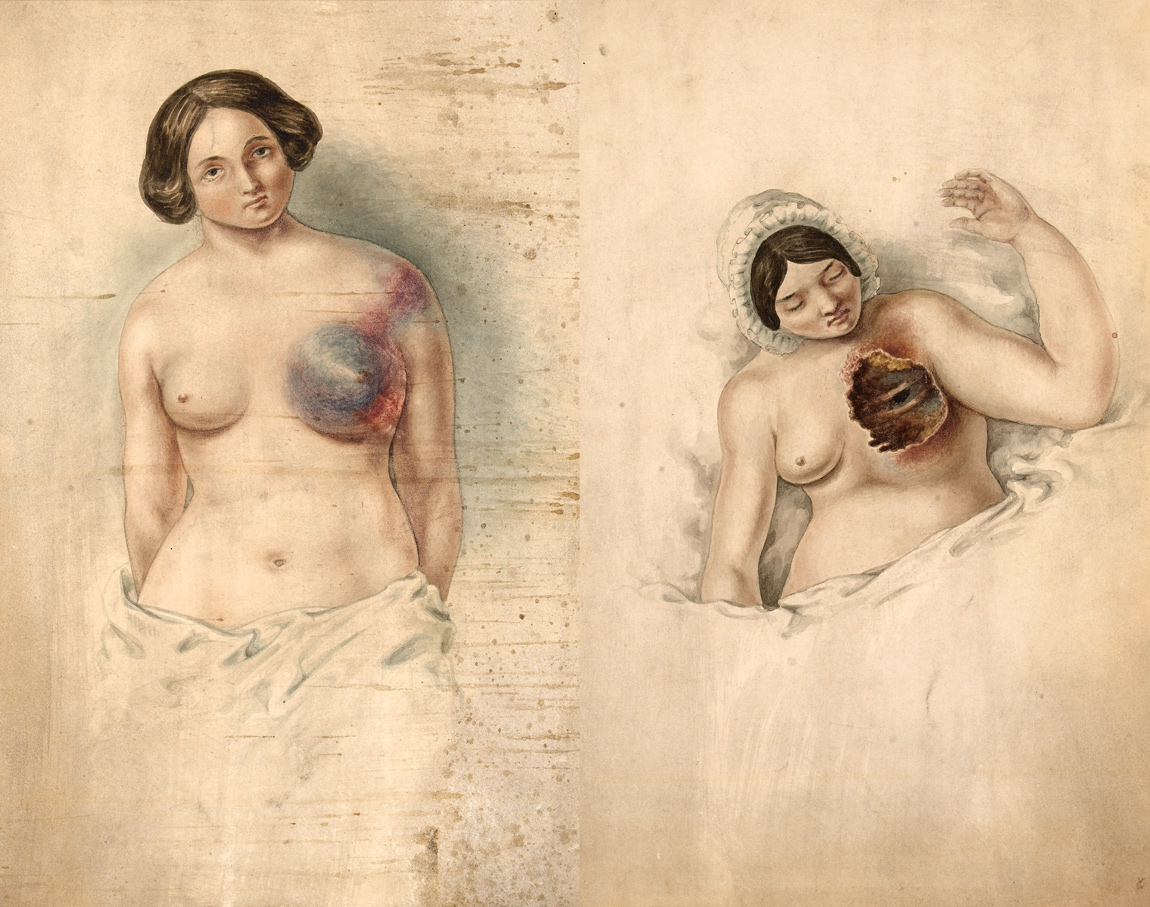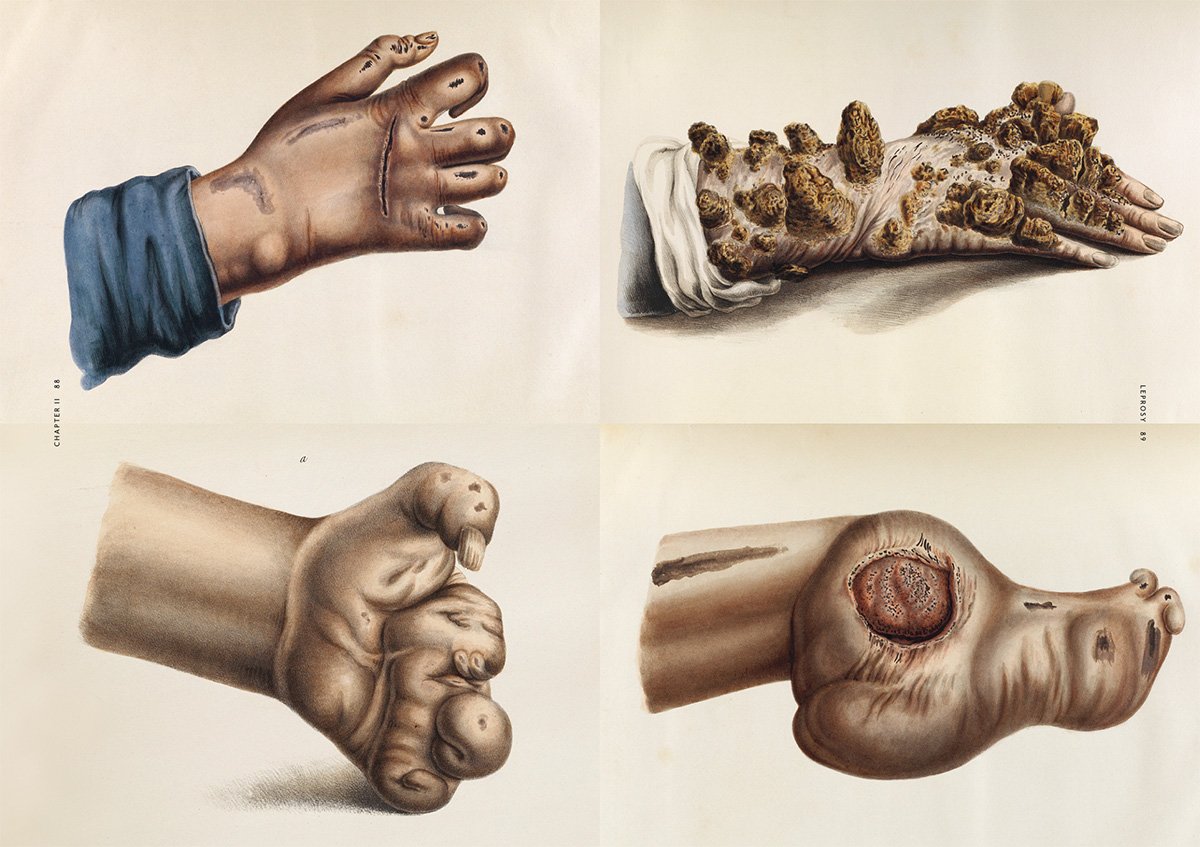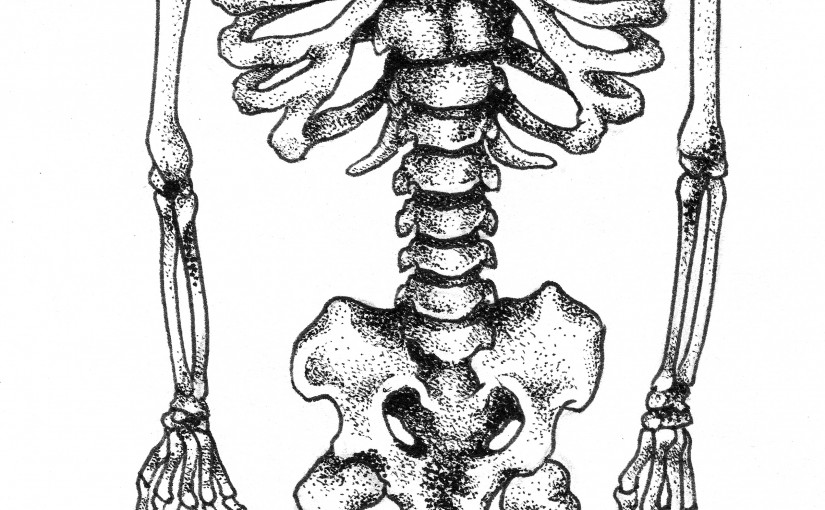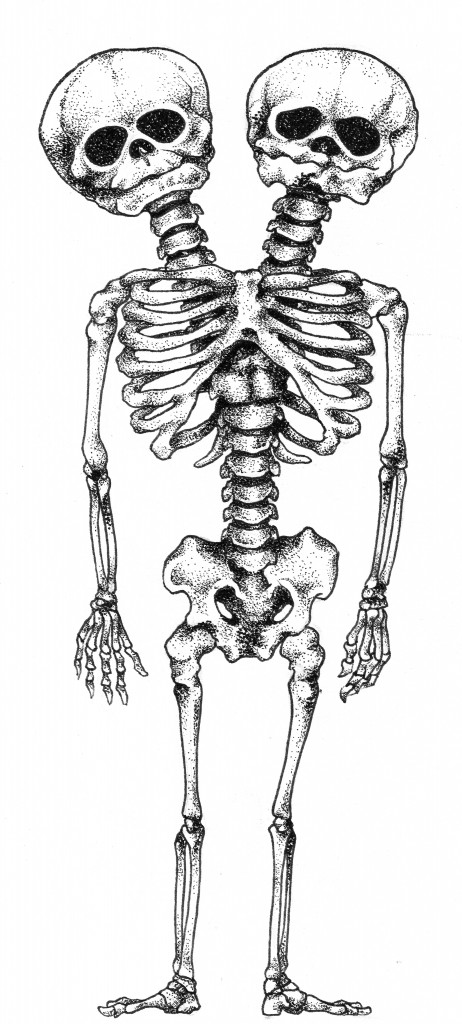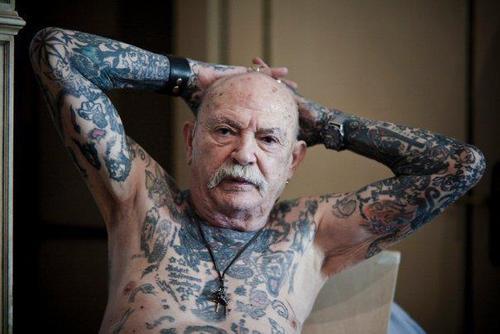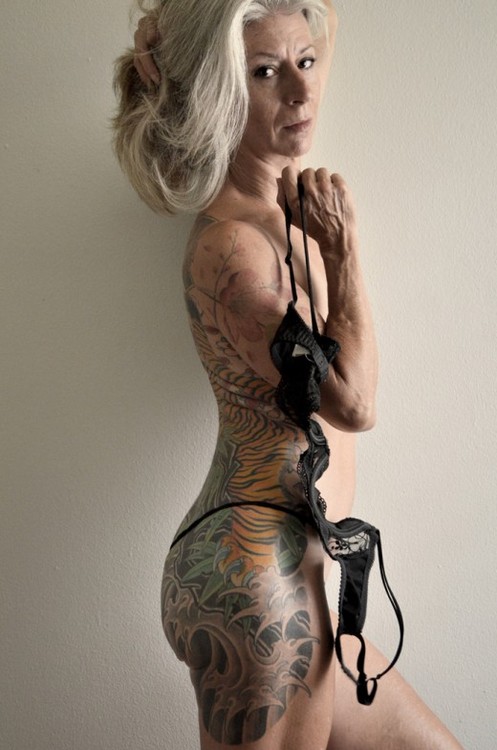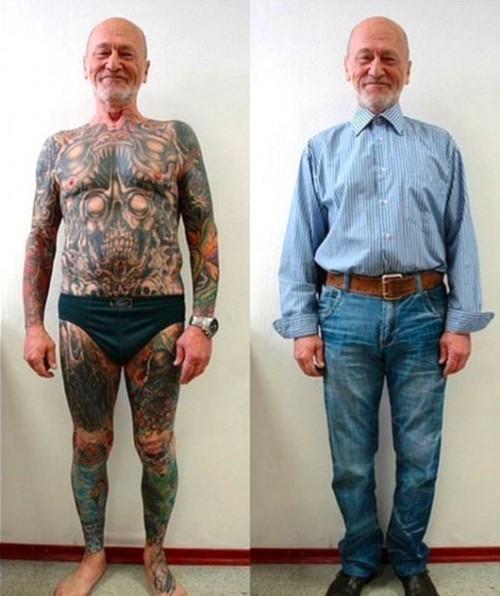“In the ’90s, the artist embarked on a startlingly extreme project to erase gender boundaries and reach a state of ‘pandrogeny’ with h/er (to use the preferred pronoun) wife Jacqueline Breyer, known as Lady Jaye. Together they became Breyer P-Orridge, a single unit that dressed alike, acted alike and, thanks to a series of cosmetic procedures including twin sets of breast implants and nose jobs, eventually looked alike, as documented in Marie Losier’s 2011 film The Ballad of Genesis and Lady Jaye.”
http://www.factmag.com/2013/09/26/genesis-breyer-p-orridge-on-life-art-and-the-quest-for-pandrogyny/
I was looking up bio-artists after today’s class too, and I discovered Breyer P-Orridge, who is actually incredibly relevant to a lot of my themes. Breyer P-Orridge, as a single unit of being manifested in two people (I’m actually not sure which pronouns I should be using to refer to them), reminds me a lot of a physical manifestation of Castor and Pollux, except with way more of a relation to pop culture.
The interesting thing is that Lady Jaye, one half of Breyer P-Orridge, passed away in 2007, but Genesis Breyer P-Orridge continues to live the pandrogeny project they birthed together. In summary, they underwent surgery to look more and more like each other and began adopting the same kind of clothing and styling to transcend the limits of separate bodies.
I quote from the article,
“P-Orridge’s absolute dedication to erasing the boundaries between life and art, and between man and woman, is palpable in the freestanding soliloquys that seem to tumble out of h/er mouth at will, reaffirming the self-directed narrative; a legacy of many years of public speaking, shouting and acting up.”
This is terribly fascinating also because it could help me form some answers to the question I was exploring in my dictionary project – what happens to Pollux after Castor is killed by Lynceus, and how does he deal with that grief? I’m not entirely sure that that’s the core focus of my FYP any more, but it’s still a fact of the myth itself and it might still be productive to keep this as a consideration.
I wouldn’t delve into Bio-Art myself but I’m looking it up right now as a source of visual and conceptual inspiration.
